Dinosaurs Without Bones (76 page)
Read Dinosaurs Without Bones Online
Authors: Anthony J. Martin

FIGURE 22. Modern carnivore feces (left) left as a territorial marker by a coyote (
Canis
latrans
) on the middle of a well-used trail in Georgia, with the author happily pointing to it and approving of its presence; a cough pellet (right) filled with fiddler-crab parts, deposited by a laughing gull (
Leucophaeus altricilla
) on an intertidal sandflat, Georgia. Scale bar (lower photo) = 5 cm (2 in).

FIGURE 23.
Brachiosaurus
projectile vomiting and physics associated with such tracemaking
activity (left), and hypothetical trace resulting from this behavior, with main impact crater, associated stream, and small-theropod victims (right).
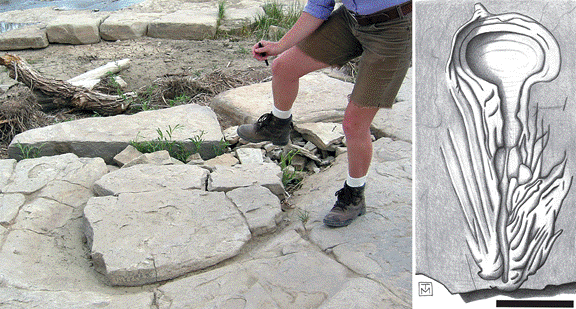
FIGURE 24. Odd depression in a Late Jurassic limestone, Colorado (left), identified as a sauropod urination structure (urolite), and an undergraduate student providing scale while helpfully demonstrating its possible origin; artistic recreation of dinosaur urolite from the Early Cretaceous of Brazil (right), based on a photograph by Fernandes
et al.
(2004). Scale bar (right) = 10 cm (4 in).
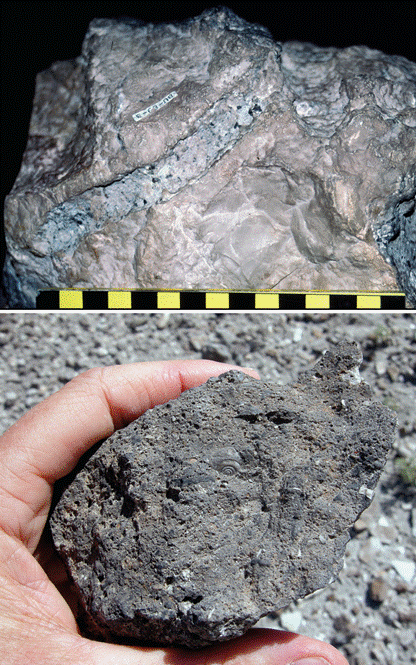
FIGURE 25. Coprolites attributed to the Late Cretaceous hadrosaur
Maiasaura
of Montana
and evidence that these were attracting some invertebrate admirers. Coprolite (top) containing dung-beetle burrows (located left center and upper right); coprolite (bottom) in the field with fossil snail in it (located near its center). Scale in upper photo in centimeters; specimen part of traveling display from Museum of the Rockies, Bozeman, Montana.
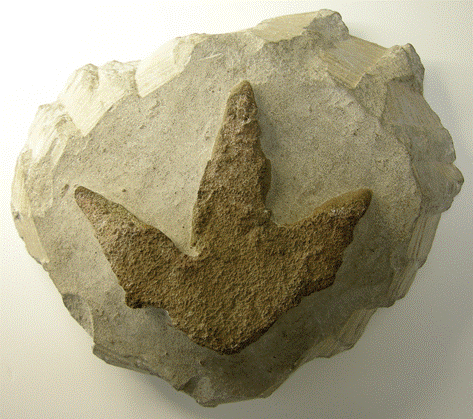
FIGURE 26. The clearest example of a dinosaur track—probably from a small ornithopod—
from Victoria, Australia; when found in 1980, it was the only one from southern Australia. Specimen is in Museum Victoria, Melbourne, Australia, and is about 10 cm (4 in) wide.
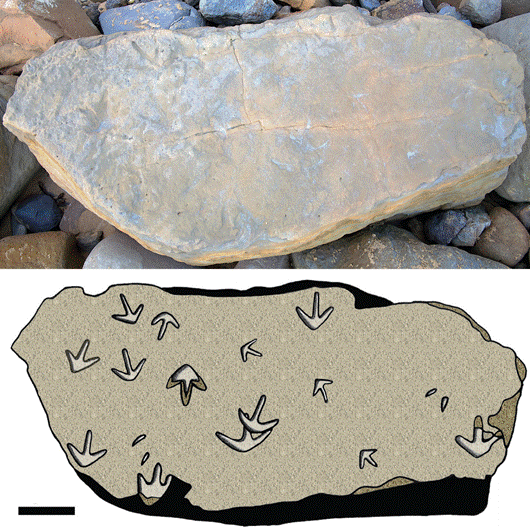
FIGURE 27. The most abundant concentration of dinosaur tracks discovered thus far in
southern Australia, discovered at Milanesia Beach, Victoria. Sandstone block (top) hosting the tracks, which were interpreted as small theropod tracks. Map (bottom) of where the tracks are located on the rock surface; scale bar = 15 cm (6 in).
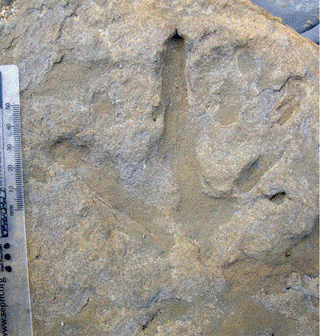
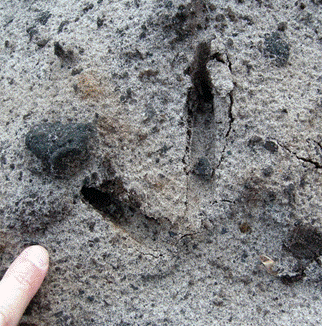
FIGURE 28. Close-up of one of the best-preserved theropod tracks in the first-discovered
rock slab at Milanesia Beach (top), compared to the track of a sandhill crane (
Grus canadensis
) from Georgia (bottom). The tracks are about the same size, scale in upper photo in millimeters.
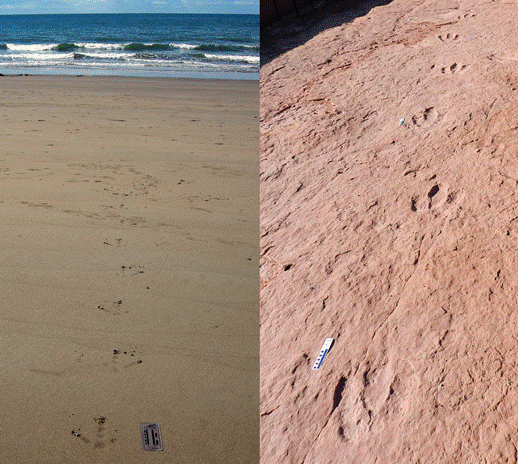
FIGURE 29. Modern and fossil comparisons between traces of theropod dinosaurs, avian
and non-avian, respectively: trackway of a Southern cassowary (
Casuarius casuarius
) on beach sand (left) at Mission Beach, Queensland, Australia; Early Jurassic theropod trackway (right) in sandstone, southern Utah. Scale on left = 20 cm (8 in) and on right = 15 cm (6 in).
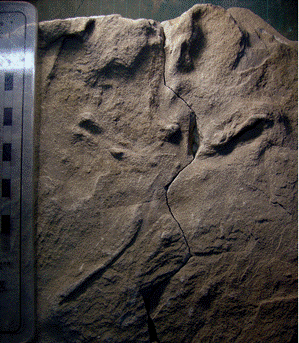
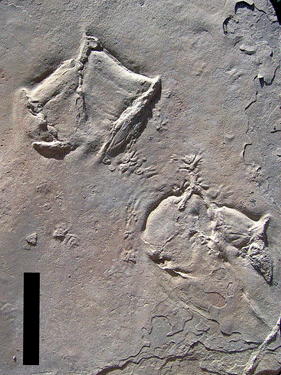
FIGURE 30. Fossil bird tracks from the Early Cretaceous of Victoria, Australia (top) and the
Eocene of Utah (bottom). The Cretaceous track is from the right foot of a heron-like bird that came in for a landing from flight on a sandy river floodplain; scale in centimeters. The Eocene tracks are from a web-footed bird similar to a duck or flamingo, made on a muddy lakeshore; scale = 10 cm (4 in).
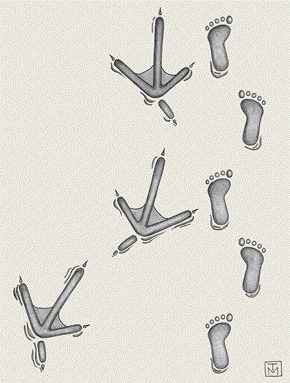
FIGURE 31. Speculative trackway of the giant Marabou stork (
Leptoptilos robustus
) that
decided to go “hobbit hunting,” turning to stalk a small human (
Homo floresiensis
). Both species shared the island of Flores (Indonesia) during the Pleistocene Epoch.
